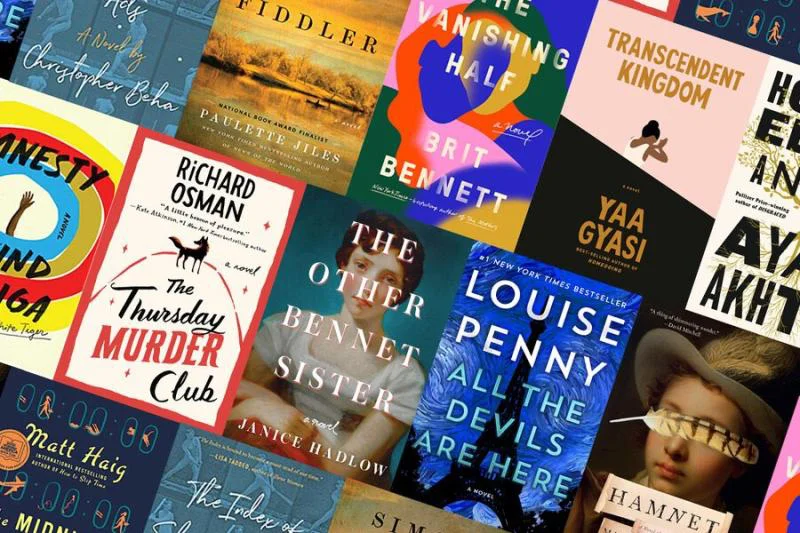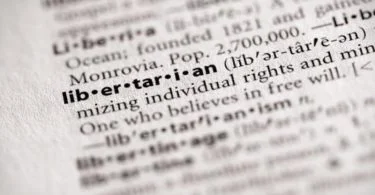Fiction books entertain, educate, and inspire readers. There is no long story here aside. The main difference between fiction books and non-fiction books is that fiction books are based on imaginary characters, plots, and settings. In contrast, non-fiction books present factual information about real people, events, or places. Read on for more.
What are Fiction Books?
Novels, novellas, short stories, and graphic novels are all fiction. Each format presents unique author and reader challenges. Novels typically cover complex plots, characters, and themes. They deepen the story and character development. Novellas are longer fiction than short stories but shorter than novels.
Short stories are one-character stories. They are usually faster than novels and novellas but still tell a complete story. Graphic novels tell stories using text and images. They cover complex topics and can be aimed at different age groups. Fiction books have provided a window into other cultures, ideas, and perspectives for millennia. They let you escape reality, explore the human experience, and pass on stories and pictures.
What are Non-Fiction Books?
Non-fiction books present factual information or ideas about real people, events, or places. Unlike fiction, non-fiction books are based on reality and aim to inform, educate, or provide insight into our world. Non-fiction can encompass various topics, including history, science, politics, memoirs, biographies, self-help, and many others.
Non-fiction books can be written in various formats, including narrative, informative, and instructional. Some non-fiction books are structured like novels, with a solid narrative arc that tells a story about real people or events. Others are more informative, providing facts, data, and analysis on a particular topic. Instructional non-fiction books provide readers with step-by-step guides or advice on accomplishing a specific task or skill.
Non-fiction books are essential resources for education, research, and personal growth. They allow readers to gain knowledge and insight into a wide variety of topics and to develop a deeper understanding of the world around them. Examples of famous non-fiction books include “The Diary of Anne Frank” by Anne Frank, “A Brief History of Time” by Stephen Hawking, “The Autobiography of Malcolm X” by Malcolm X and Alex Haley, and “The 7 Habits of Highly Effective People” by Stephen Covey.
Difference Between Fiction Books and Non-Fiction Books
The main difference between fiction books and non-fiction books is that fiction books are based on imaginary characters, plots, and settings. In contrast, non-fiction books present factual information about real people, events, or places. Non-fiction books, on the other hand, aim to inform, educate, or provide insight into our world. Fiction books are works of the imagination created by the author to entertain, educate, or inspire the reader. They can be categorized into various genres, such as romance, science fiction, mystery, fantasy, horror, and historical fiction.
They can encompass various topics, including history, science, politics, memoirs, biographies, self-help, etc. Non-fiction books are essential resources for education, research, and personal growth, while fiction books provide an escape from reality and a way to explore the depths of human experience.







